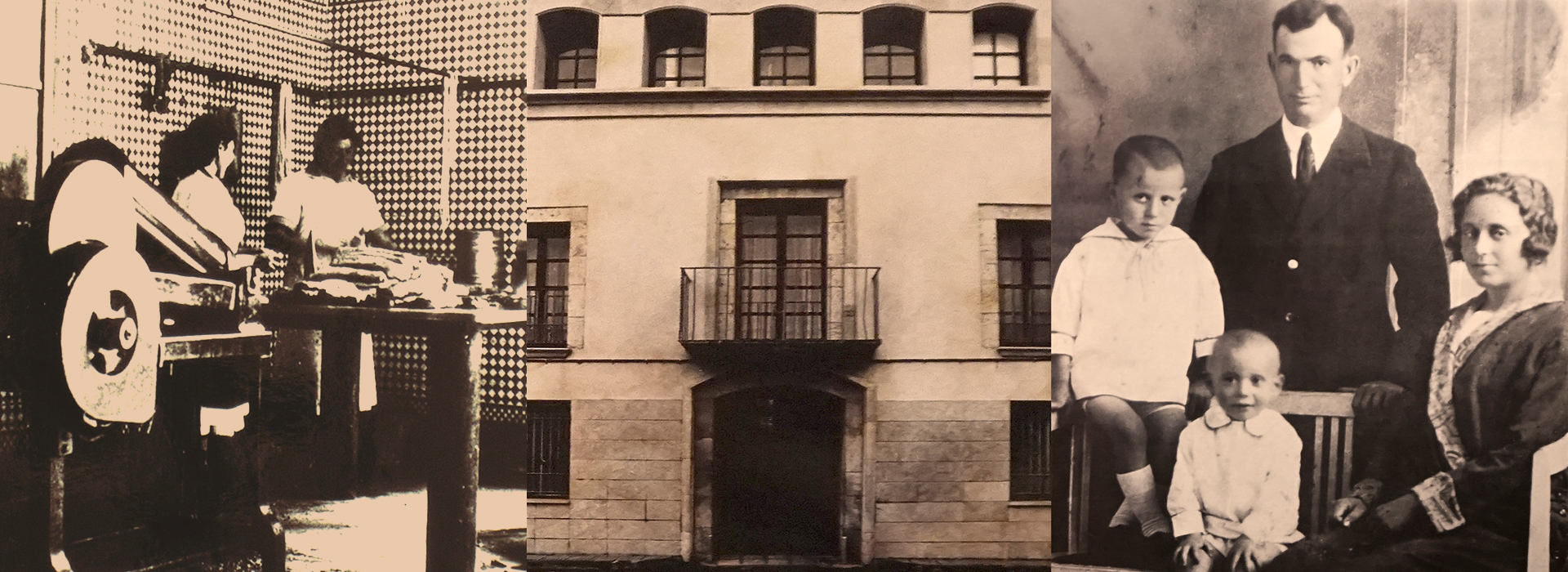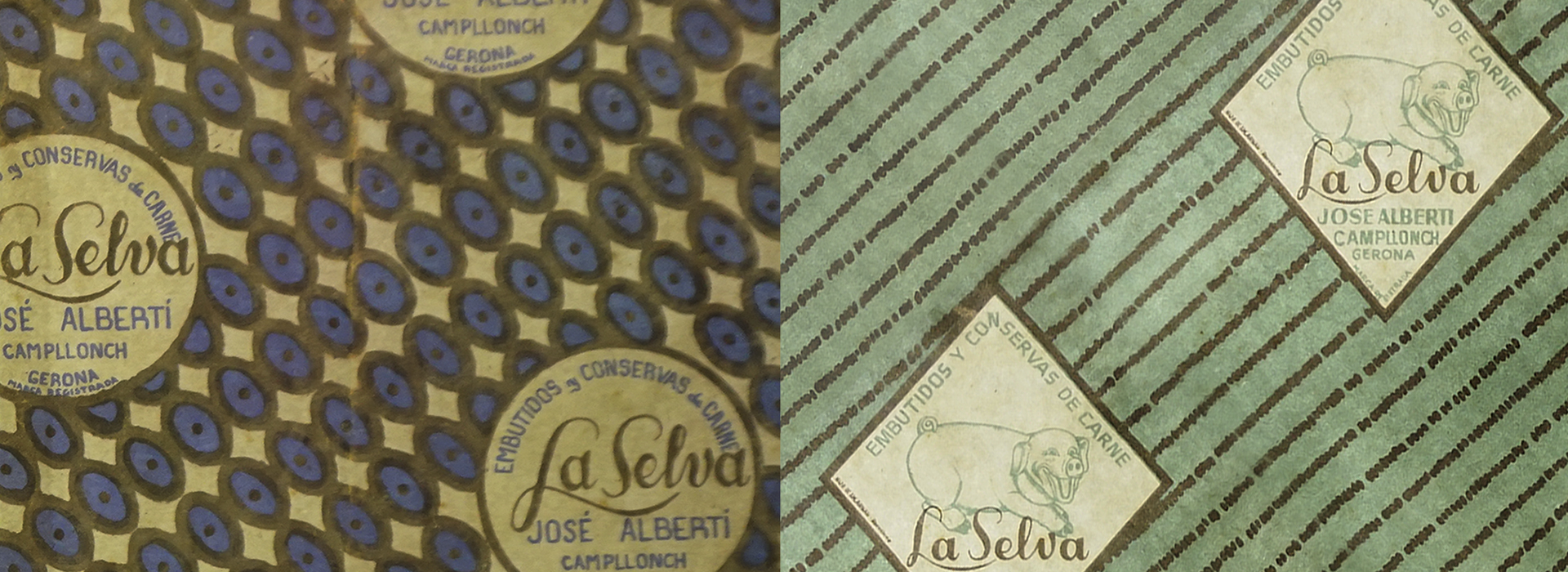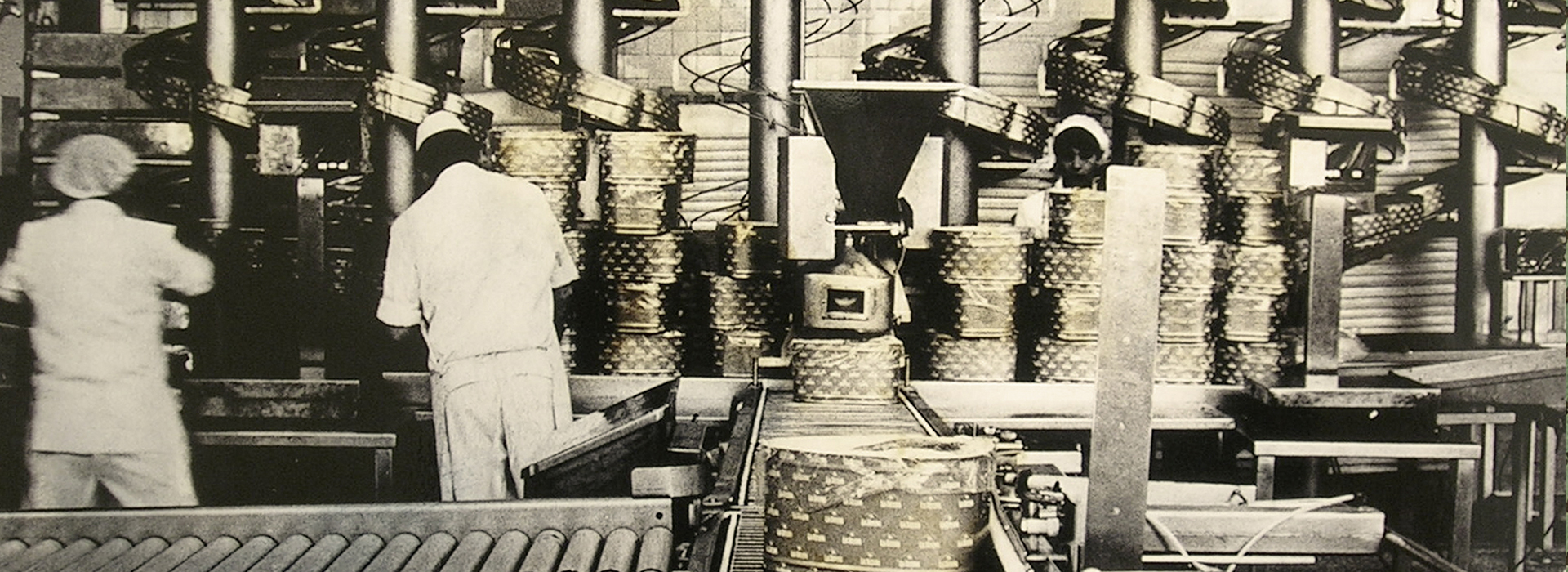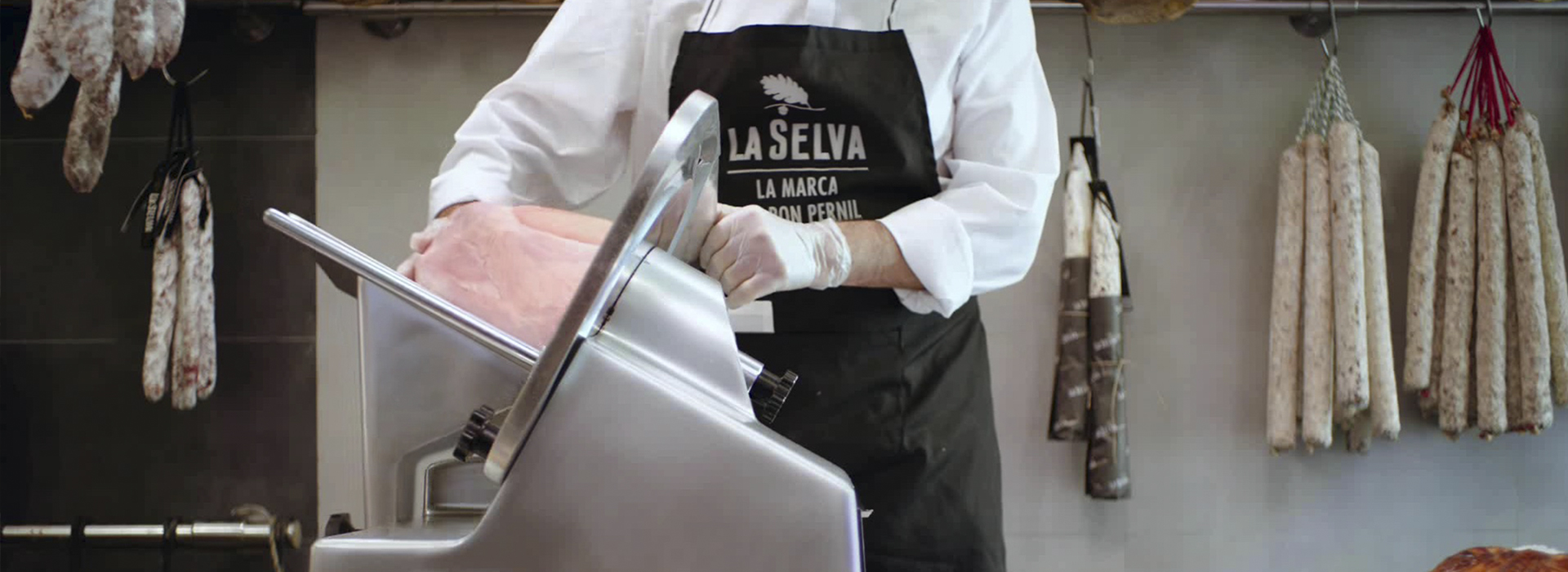LA SELVA BEGAN IN A MODEST BUTCHER’S SHOP FOUNDED IN 1917 IN CAMPLLONG BY JOSEP ALBERTÍ LAPEDRA AND HIS WIFE

On 1 December 1917, young Josep Albertí, from Campllong (Girona), married Mercè Bosch. The two of them started a modest butcher’s shop where they sold fresh and cured meat, soon beginning to supply other shops in neighbouring villages and becoming a leader for quality with a very good reputation throughout the county.

In 1934 they founded El Carpio (Cordoba), a meat processing plant named “La Flor Andaluza” with the most modern facilities in the area, offering technical innovations and making traditional local products. But the initiative was cut short with the coming of the Civil War, and in 1937 the Albertí-Bosch family decided to return home.

In 1944, Joaquim Albertí, the son of the founder, decided to boost the business and invested in a new system of making cooked ham: cooking in the tin. He prioritised the quality of the raw material and a manufacturing process that gave the ham a unique flavour. In 1947, the La Selva trademark was registered, making it a reference in cooked ham.

The good reputation of the cooked ham led to a wide range of cured meat products being developed under the same quality principles and manufacturing process. They were introduced throughout Spain. La Selva became the leader in quality cooked ham and top-class pork products.

Management passed into the hands of Xavier Albertí, the third generation of the family. The company became more professional, stressing innovation, quality and the production of top-class pork products. The brand La Selva became better known thanks to communication with the consumer and growing market penetration. Considerable expansion was carried out, including a large white room intended for the sliced products which were beginning to dominate the market.

La Selva is one hundred years old thanks to a recipe whose ingredients include perseverance, calm, harmony and faithfulness to an essence. The quality of the product, adaptation to different market needs and, above all, the trust of thousands of people have been essential for reaching this hundredth anniversary.